News
Revolutionising Web Design: AI-Driven Aesthetics and Functionality
In the realm of digital design, AI technologies have made monumental strides, redefining traditional web design principles and streamlining the creative process.
This revolutionary concept, which blends artistry with intelligence, pushes the boundaries of innovation, cultivating a fresh, more efficient approach to aesthetics and functionality.
From automated layout designs to predictive user interfaces, AI-driven web design tools are paving the way towards a more interactive and personalised internet experience.
The Dawn of AI in Web Design
Traditionally, web design has been a labour-intensive endeavour, a blend of creativity, coding skill, and understanding of aesthetic principles. However, the advent of artificial intelligence has significantly reduced the complexity of the design process, enabling businesses to develop professional websites quickly and efficiently.
AI-powered tools can automate design processes, generate code, analyse user behaviour, and even predict design trends. They can learn from data and improve performance over time, making them a potent weapon in any web designer’s arsenal. But how exactly is AI revolutionising web design?
AI and Aesthetic Evolution
Design Automation
One of the most notable contributions of AI to web design is automation. With AI tools, businesses can create aesthetically pleasing and highly functional websites without requiring extensive coding knowledge. This capability significantly streamlines the process, saving time and money.
AI web design tools use machine learning algorithms to understand users’ preferences, studying patterns and colour schemes to produce websites tailored to individual tastes. Platforms such as Wix’s ADI (Artificial Design Intelligence) 1 can generate unique designs in a matter of minutes based on user input, automating the website creation process.
Predictive Design
Another game-changing contribution of AI is predictive design. AI can use data to anticipate user behaviours, preferences, and needs, helping designers create more user-friendly websites. By understanding how different design elements affect user engagement, AI can help businesses improve their conversion rates. For instance, an AI tool could predict that a user is more likely to interact with a call-to-action button if it is placed at a specific location on a webpage.
An excellent example of predictive design is heat mapping. Tools like Hotjar use AI to analyse users’ interactions with a website, highlighting areas where they spend the most time 2. These insights allow designers to optimise their layouts for increased user engagement.
Enhancing Functionality with AI
Personalisation
Personalisation has become a critical factor in web design, thanks to the rise of AI. Companies can now deliver customised user experiences tailored to individual needs and preferences, enhancing customer satisfaction and increasing retention rates. For instance, Netflix uses an AI-driven recommendation system to suggest movies and series based on users’ viewing histories 3.
Similarly, in the e-commerce sector, platforms like Amazon leverage AI to recommend products based on previous purchases, browsing behaviour, and search queries 4. These personalised experiences help businesses build more robust relationships with their customers, boosting engagement and conversion rates.
User Experience (UX)
The User Experience (UX) is another crucial area where AI is making a significant impact. AI can collect and analyse vast amounts of user data, delivering insights that help designers improve the overall UX. AI tools can identify user pain points and suggest changes that enhance website usability, such as improved navigation, better site organisation, or more engaging content.
AI-driven chatbots, such as those powered by IBM Watson 5, are also improving the UX. These chatbots can handle customer inquiries 24/7, providing instant responses and helping businesses improve their customer service.
AI in Web Design: A Look at the UK Market
AI-driven web design is gaining momentum in the UK, with businesses increasingly recognising the potential of AI tools. According to a recent study by PWC, 77% of UK CEOs consider AI and automation as the biggest digital game changers for their businesses 6. A significant part of this transformation revolves around web design, as businesses strive to provide more engaging, personalised online experiences.
As the digital landscape evolves, AI’s role in web design is set to grow even further. Research from the Data and Marketing Association suggests that 61% of UK marketers believe AI will be the most important aspect of their data strategy in the next five years 7.
AI’s integration into web design is no longer a future prediction but a present reality. The transformation is visible, with automation and predictive design paving the way for personalised, user-focused designs. From streamlining the creative process to enhancing the user experience, AI is undoubtedly revolutionising the web design landscape, offering endless possibilities for the future of digital aesthetics and functionality.
The rise of AI-driven web design tools is a testament to the evolution of digital design, a journey that promises a more engaging, intuitive, and user-friendly internet. As we continue to explore the potential of AI, there’s no telling what other transformative changes lie on the horizon for the world of web design.
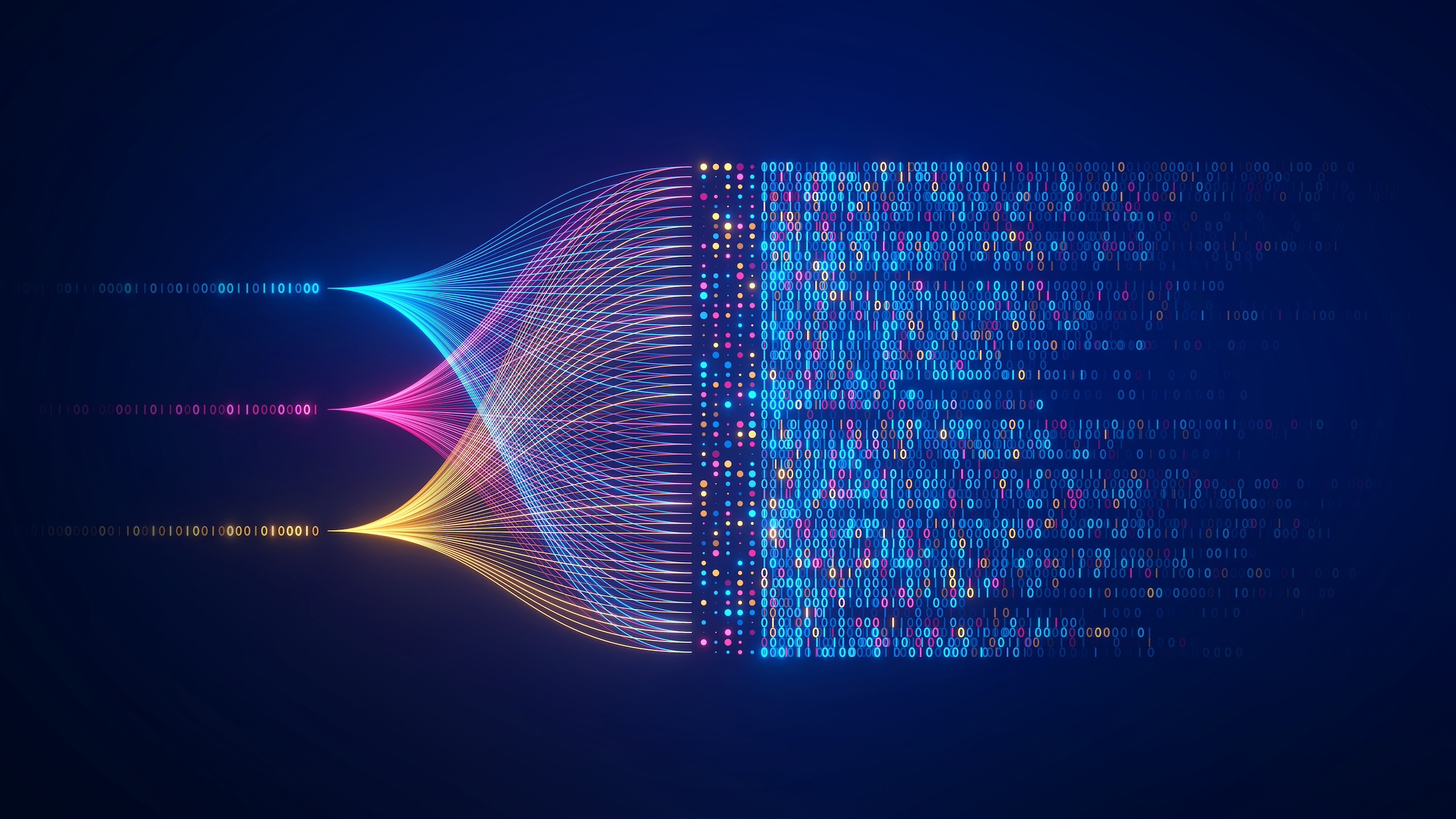
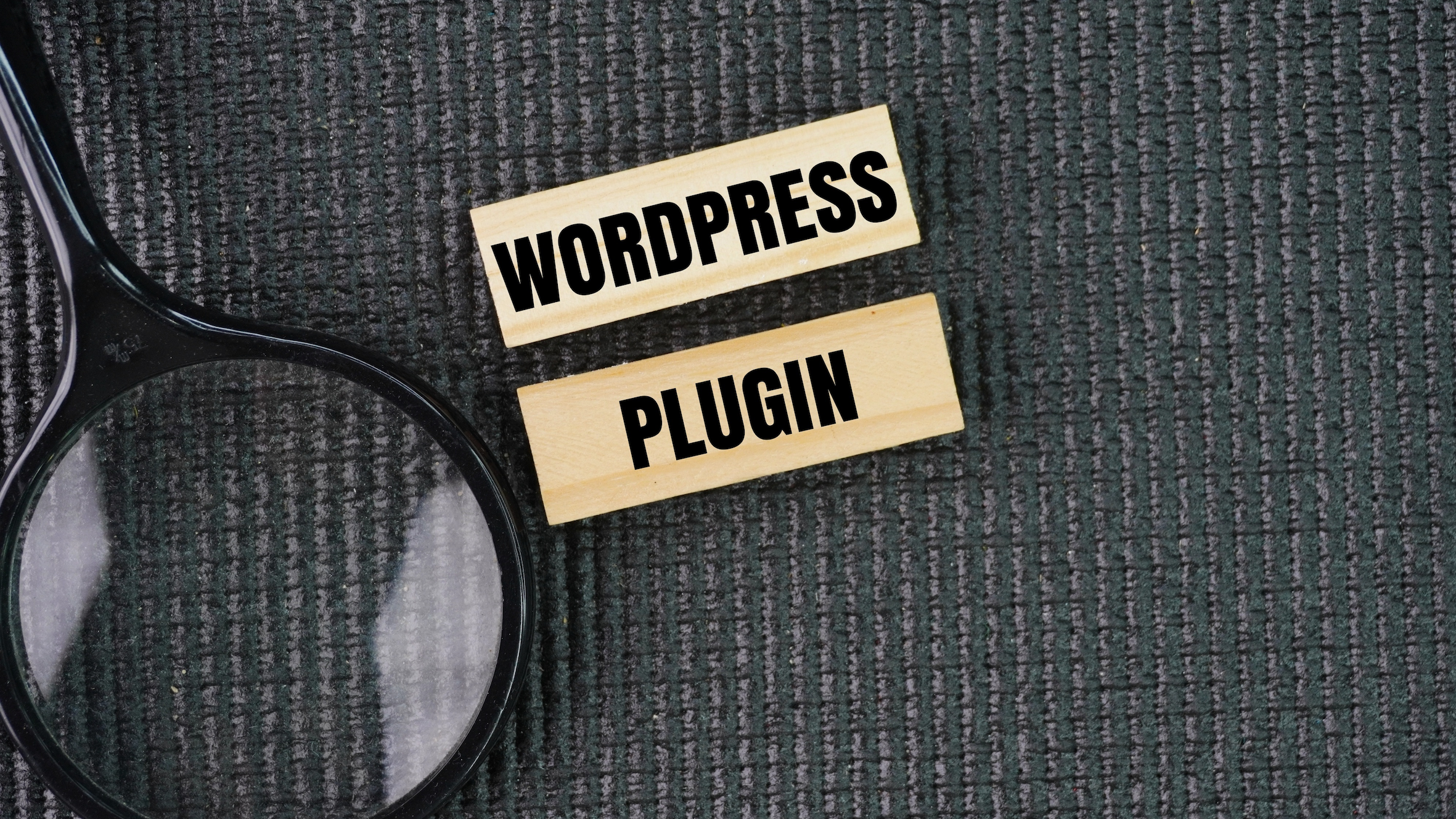

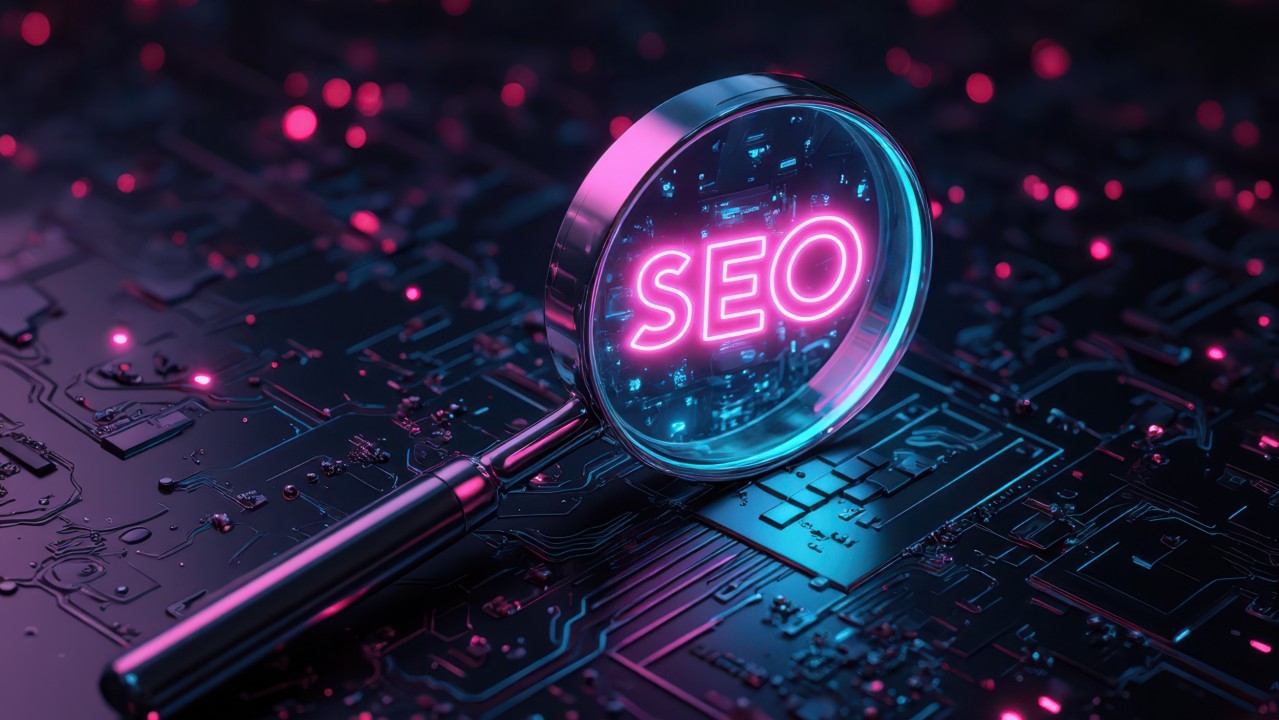
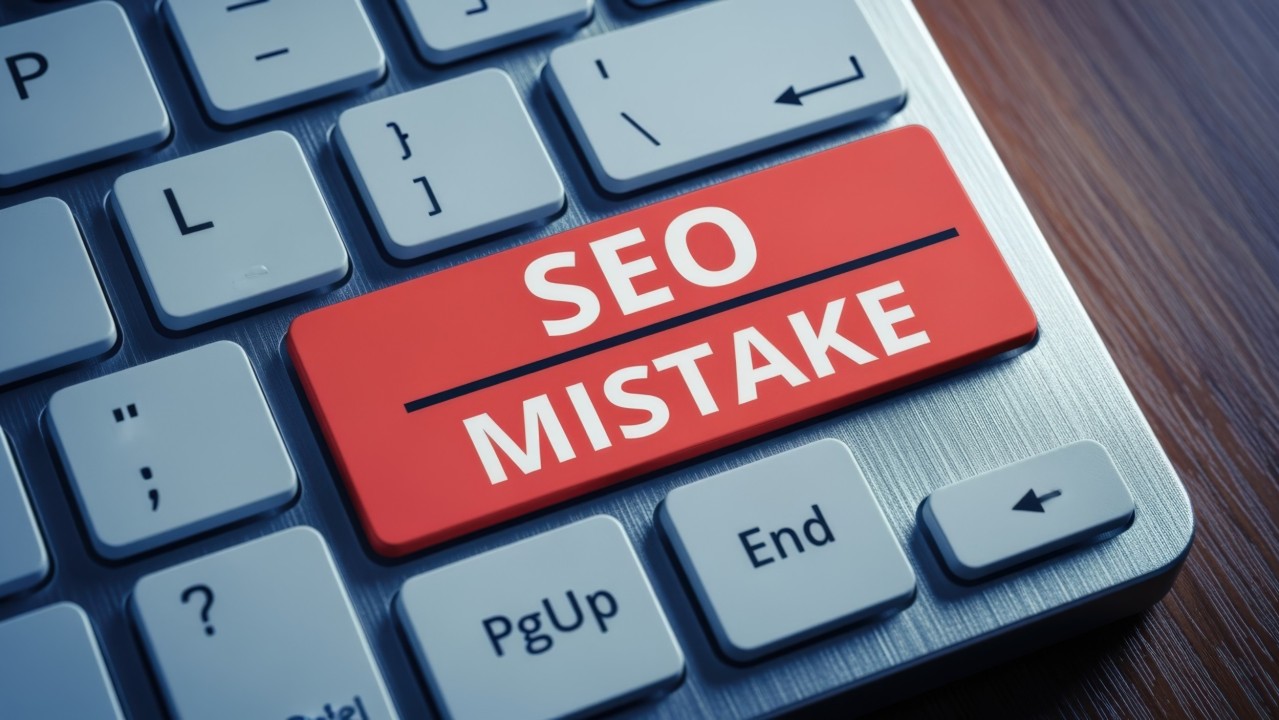
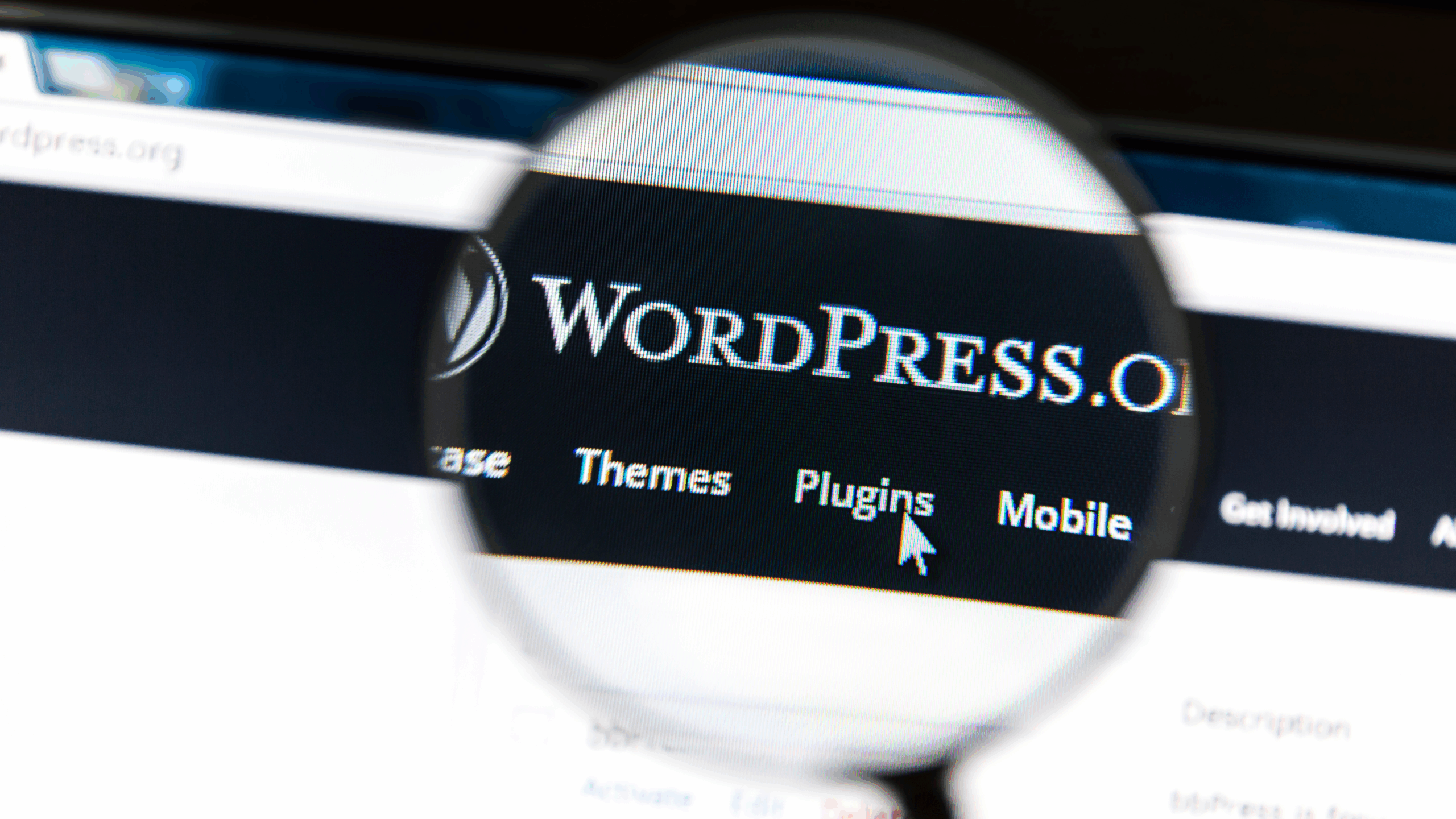
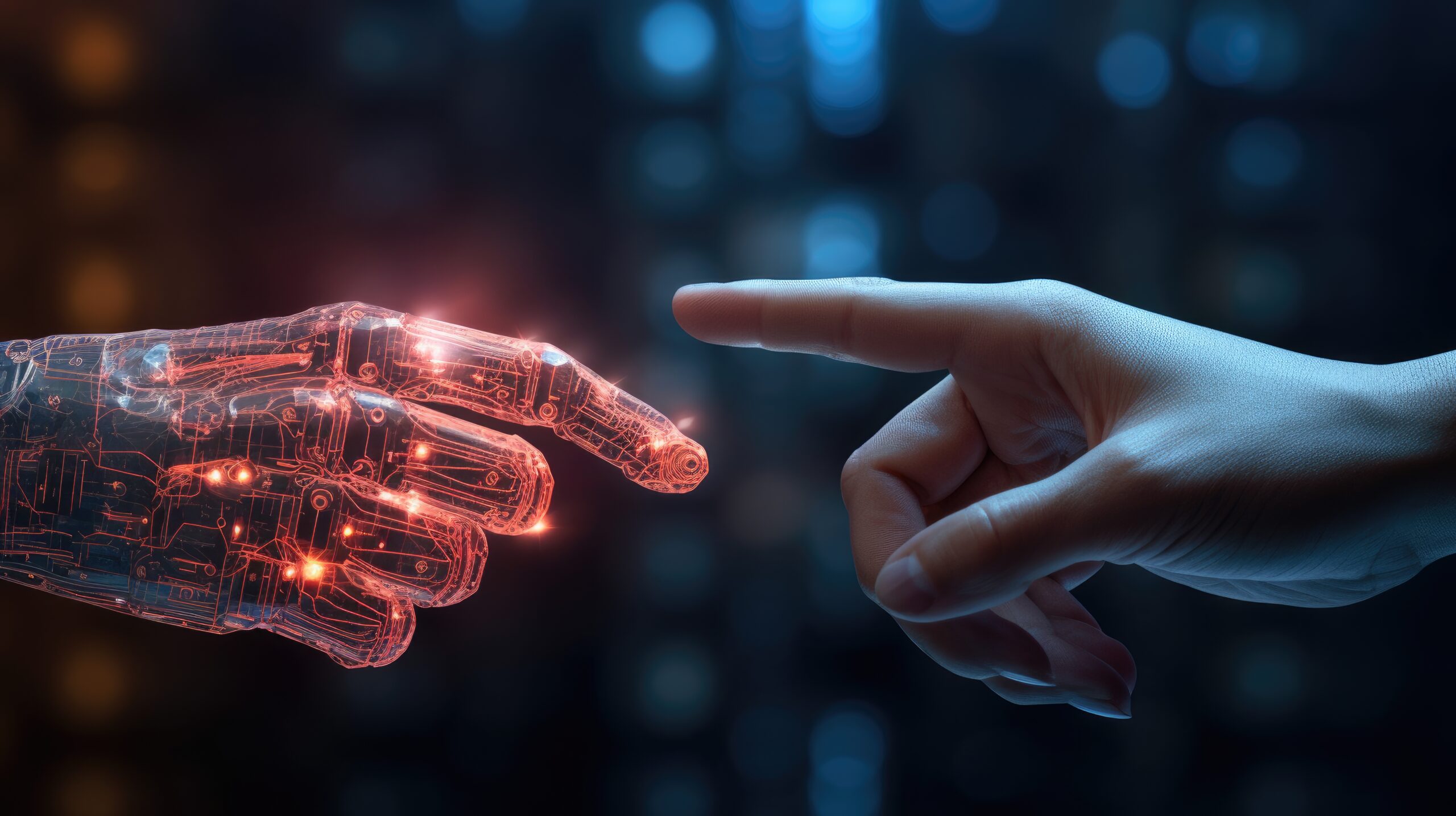

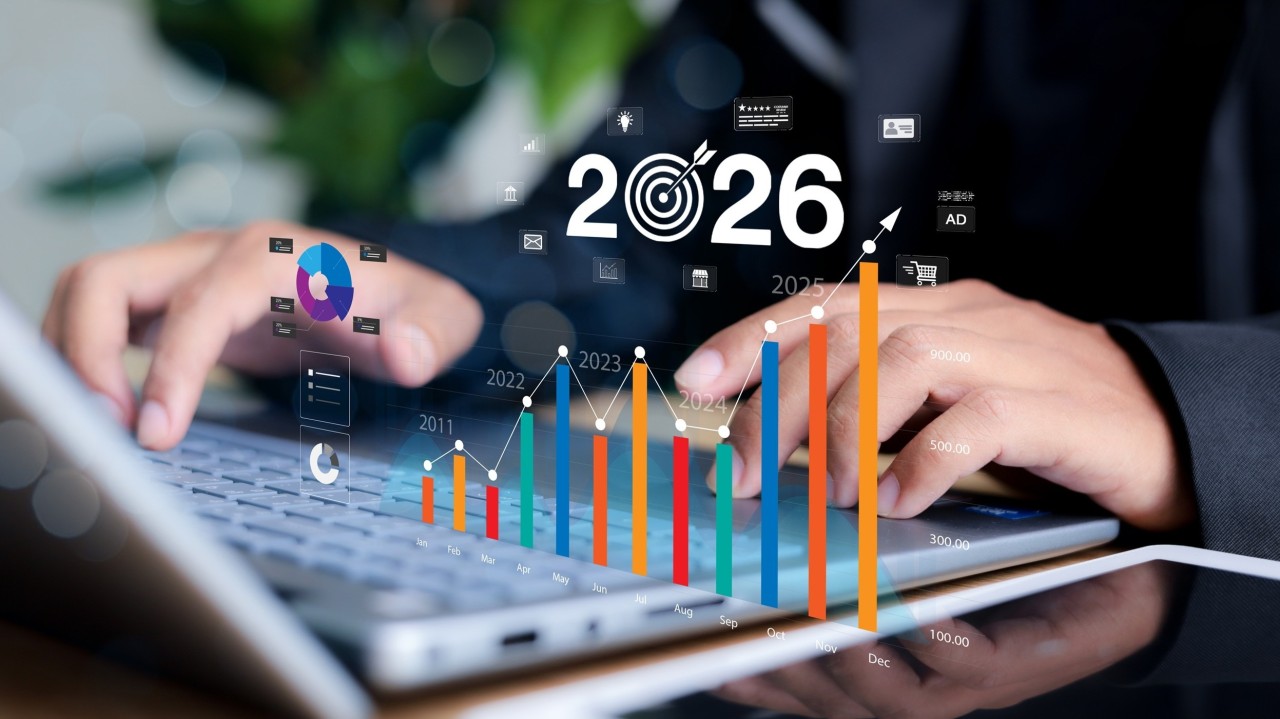
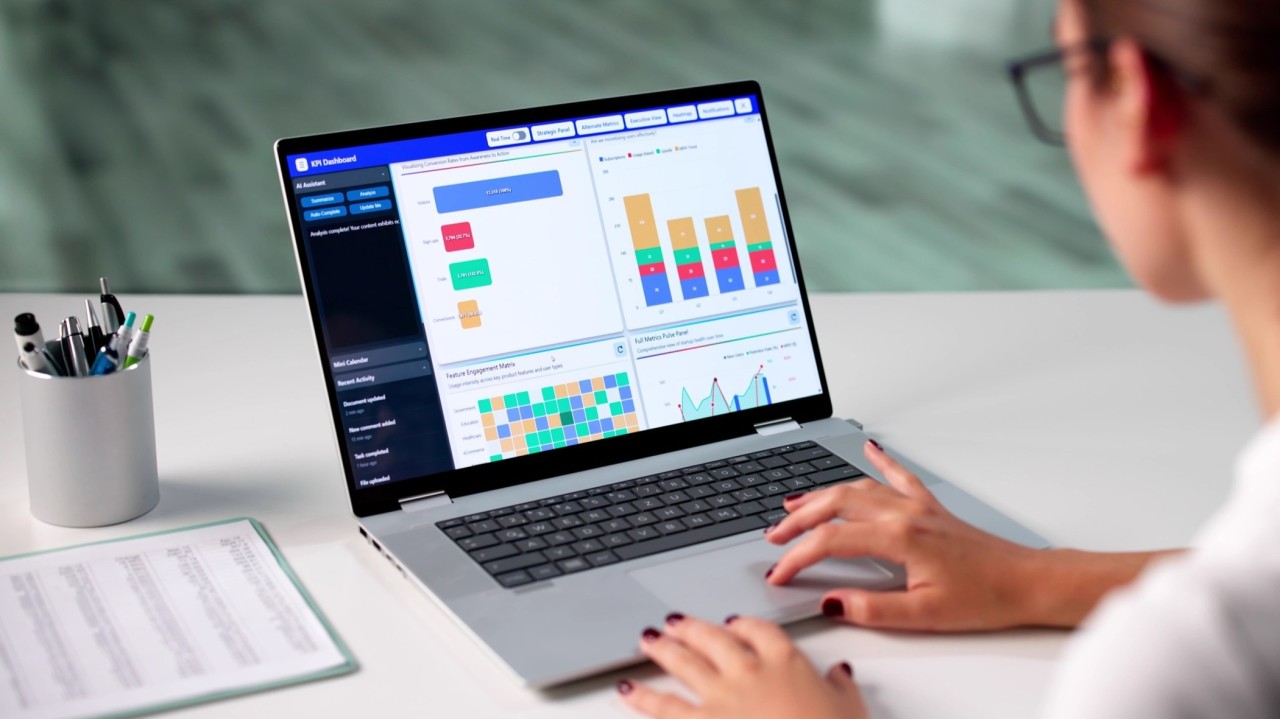
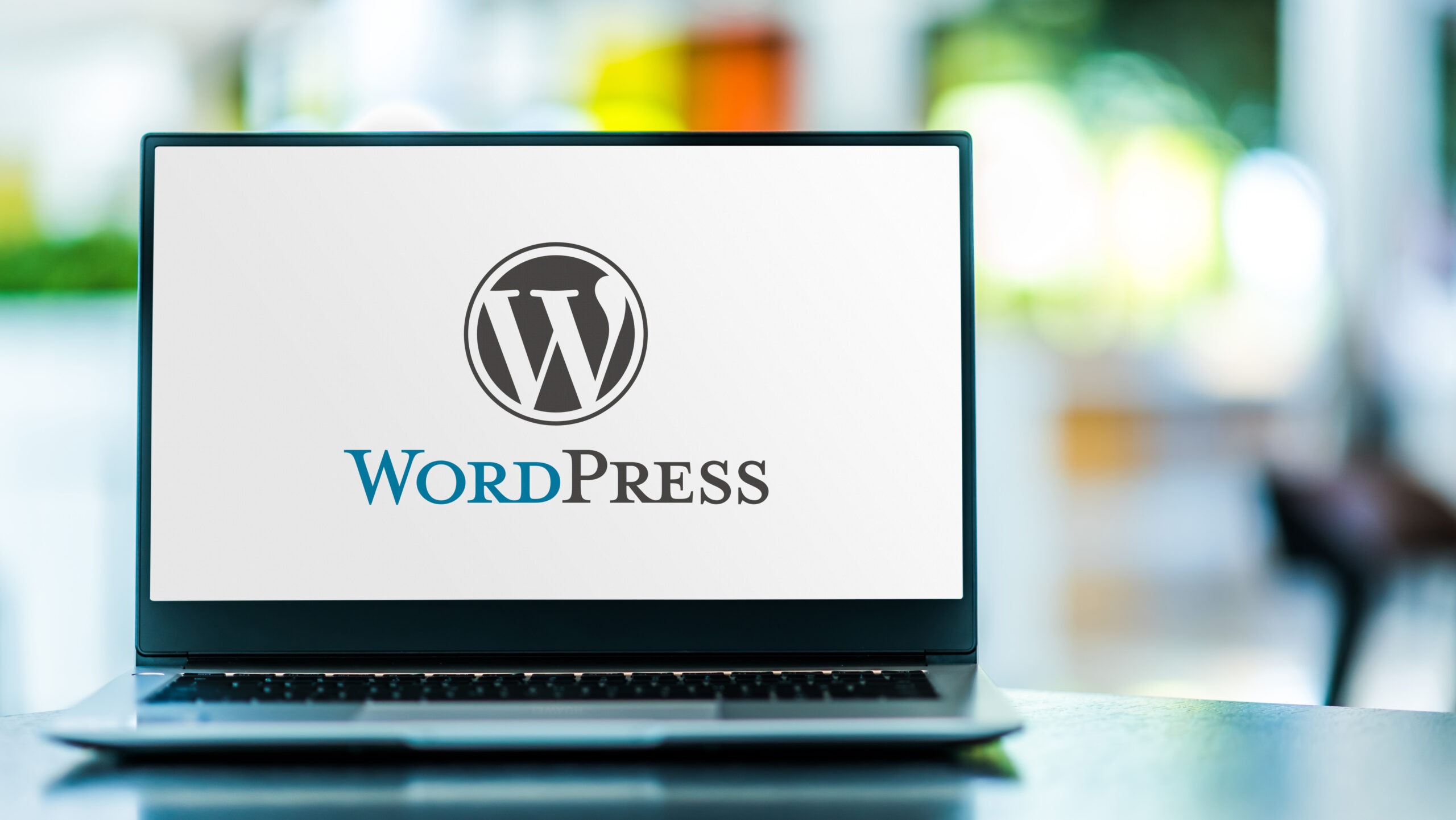

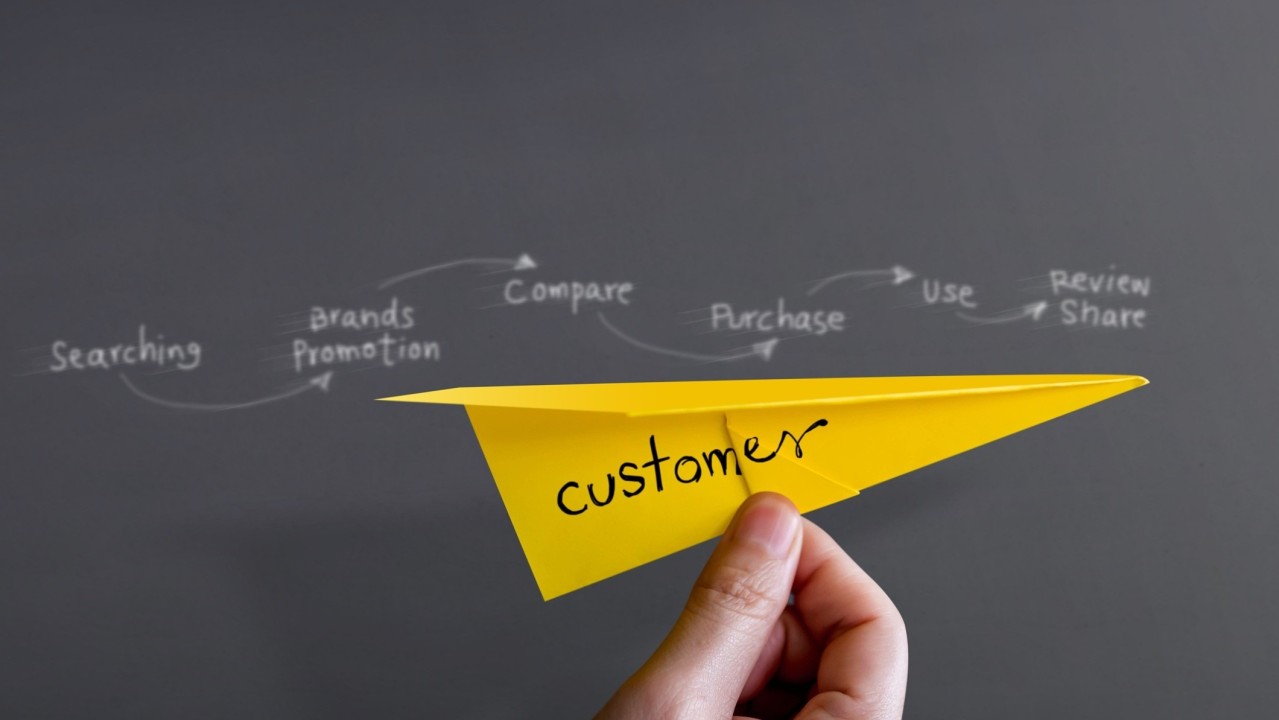


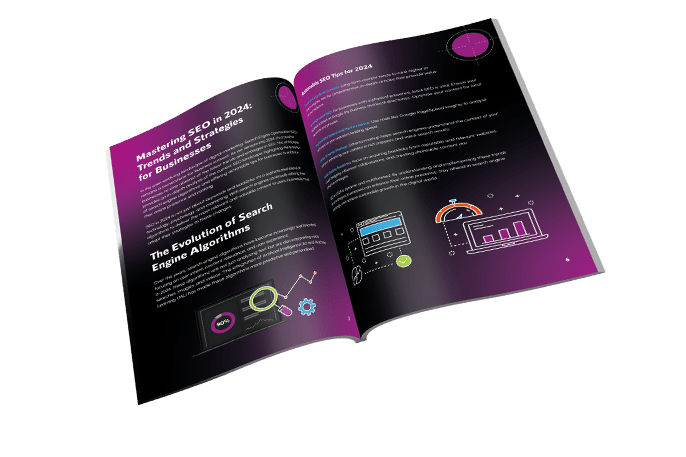
The Ultimate Social Media Guide
With the ever-growing power of social media, we use the latest techniques, video, and animation software to craft eye-catching social media assets that make your brand pop. Our designers, wielding Adobe Creative tools, create distinctive animations and graphics to illuminate your brand story and highlight your products or services. Want a unique design? No problem – we also offer bespoke designs to match your brand aesthetic.